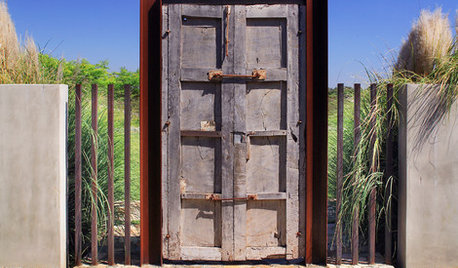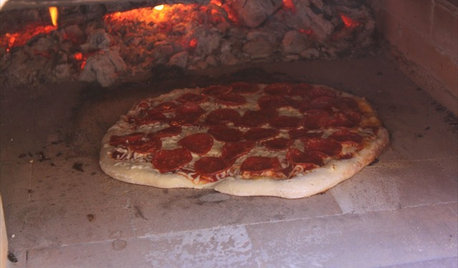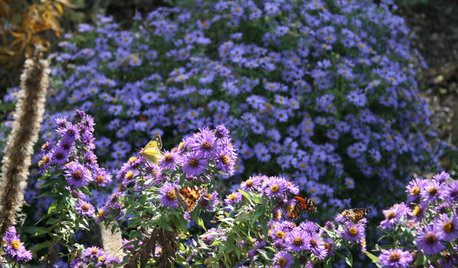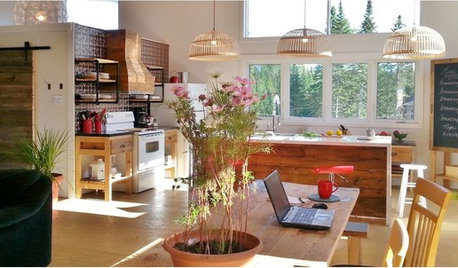Hello Oklahoma!
shannyn1173
15 years ago
Related Stories

FARM YOUR YARDHello, Honey: Beekeeping Anywhere for Fun, Food and Good Deeds
We need pollinators, and they increasingly need us too. Here, why and how to be a bee friend
Full Story
MATERIALSMesquite: The Brawny Beauty for All Over the Home
Denser than other hardwoods and sporting beautiful coloration, mesquite makes a fine material for flooring, countertops, furniture and more
Full Story
GREAT HOME PROJECTSHow to Get a Pizza Oven for the Patio
New project for a new year: Light a fire under plans for an outdoor oven and claim the best pizza in town
Full Story
HOUZZ TOURSMy Houzz: French Country Meets Southern Farmhouse Style in Georgia
Industrious DIYers use antique furniture, collections and warm colors to cozy up their traditional home
Full Story
ARCHITECTURETell a Story With Design for a More Meaningful Home
Go beyond a home's bones to find the narrative at its heart, for a more rewarding experience
Full Story
REMODELING GUIDESTubular Daylighting Devices Bring In Natural Light
More advanced and less pricey than traditional skylights, TDDs are the most modern way to let the light in
Full Story
PETSHouzz Call: Send in the Dogs
Have the greatest dog in the world? Share your best design photo featuring the dog you live or work with
Full Story
FLOWERS15 Native Flowers That Attract Butterflies
By picking plants from this list that are right for your location, you’ll get colorful blooms and support pretty pollinators
Full Story
HOUZZ TOURSHouzz Tour: Private Castle in Austin
An endless budget and team of artisans create over-the-top house you have to see to believe
Full Story
KITCHEN DESIGNKitchen of the Week: Modern and Rustic Meet in the Woods of Quebec
Tall windows open this handcrafted wood-and-white loft kitchen to the beautiful outdoors
Full Story


Macmex
Nancy Fryhover
Related Discussions
A few from rain-soaked Oklahoma (lots of pics)
Q
Making a slow move to Oklahoma - Hello!
Q
Free vegetable garden preparation
Q
Fern varieties for Oklahoma
Q
seedmama
Okiedawn OK Zone 7
Lisa_H OK
Okiedawn OK Zone 7
owiebrain
shannyn1173Original Author
Macmex
Okiedawn OK Zone 7
sally2_gw
Okiedawn OK Zone 7
Nancy Fryhover